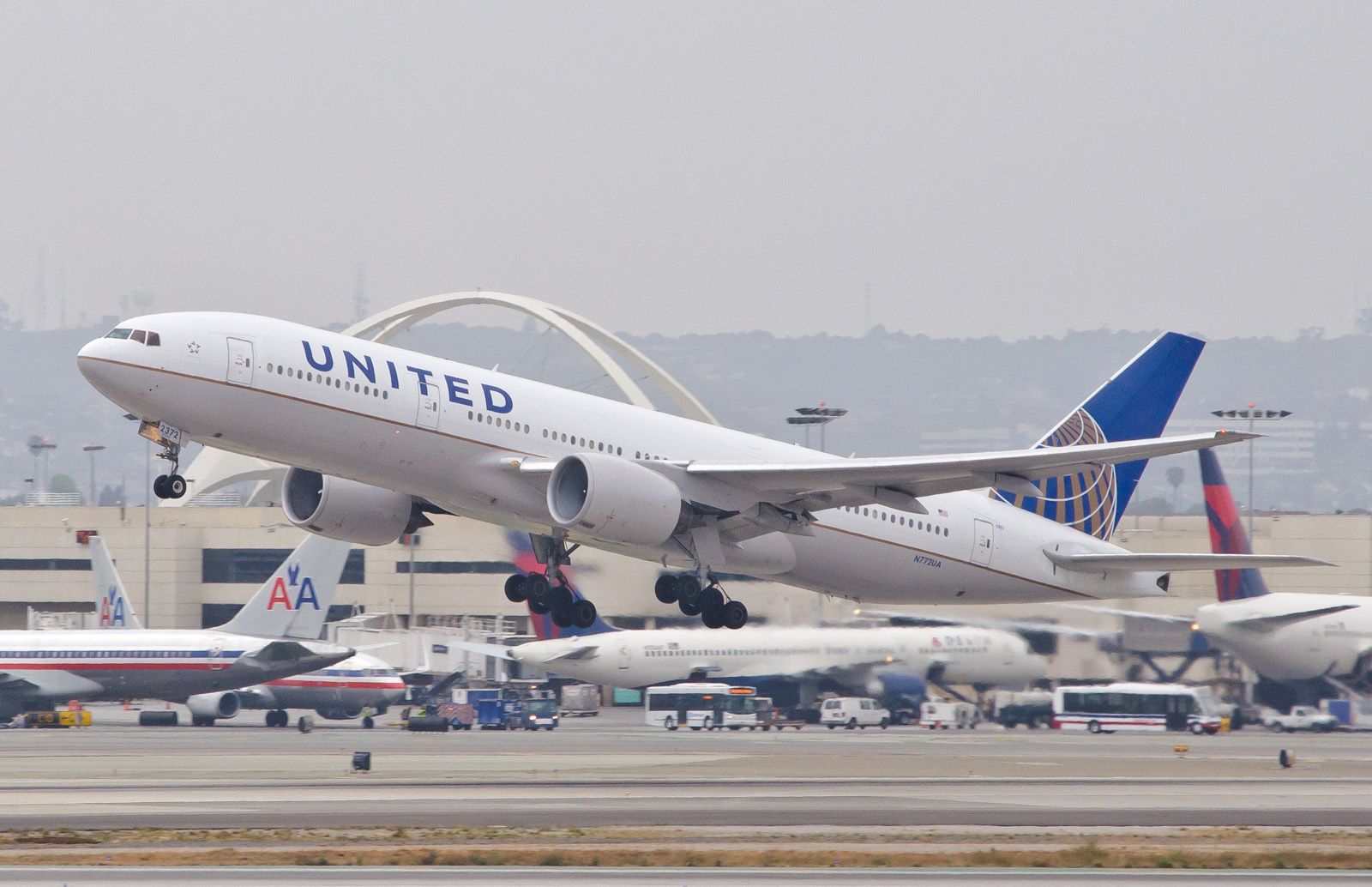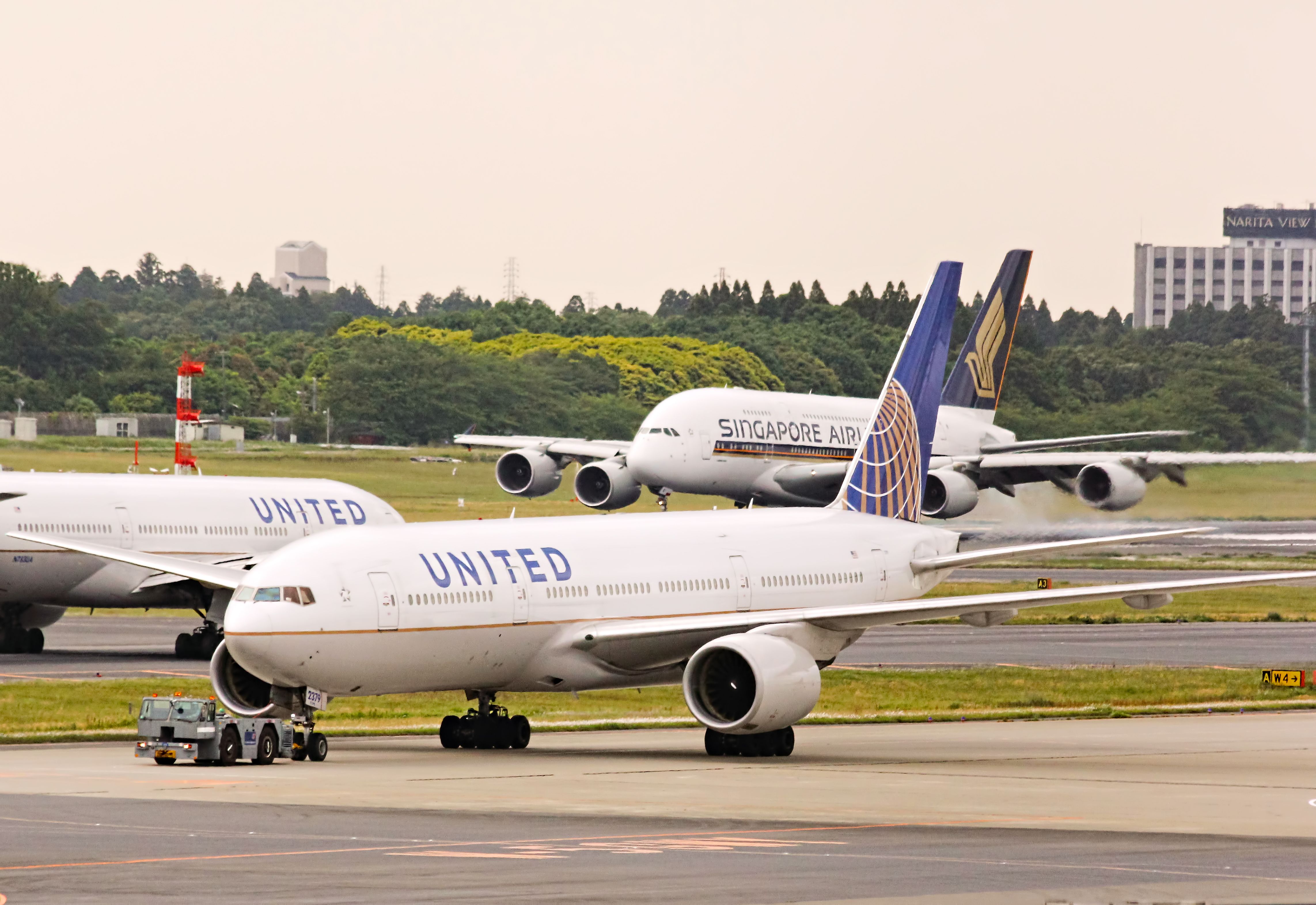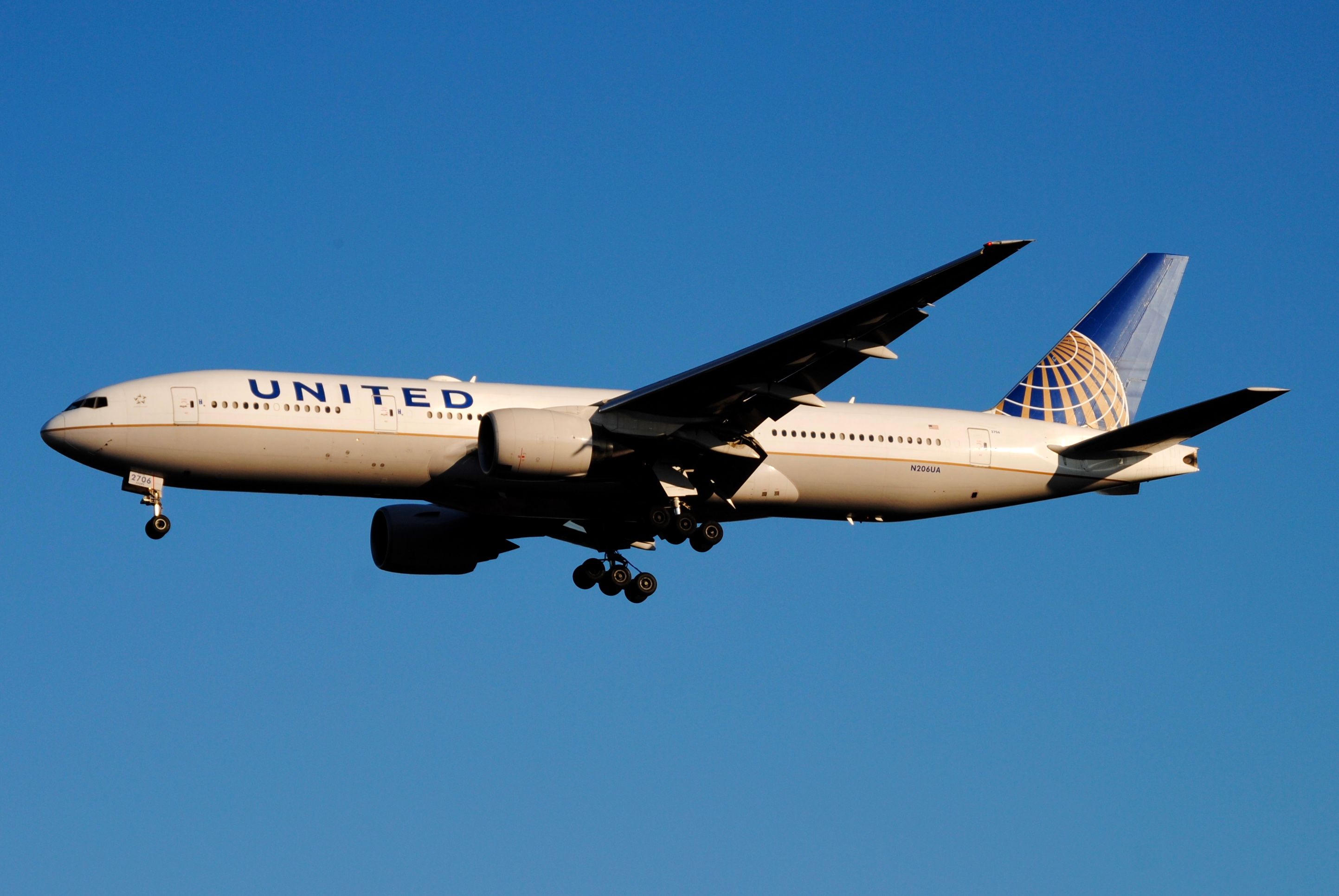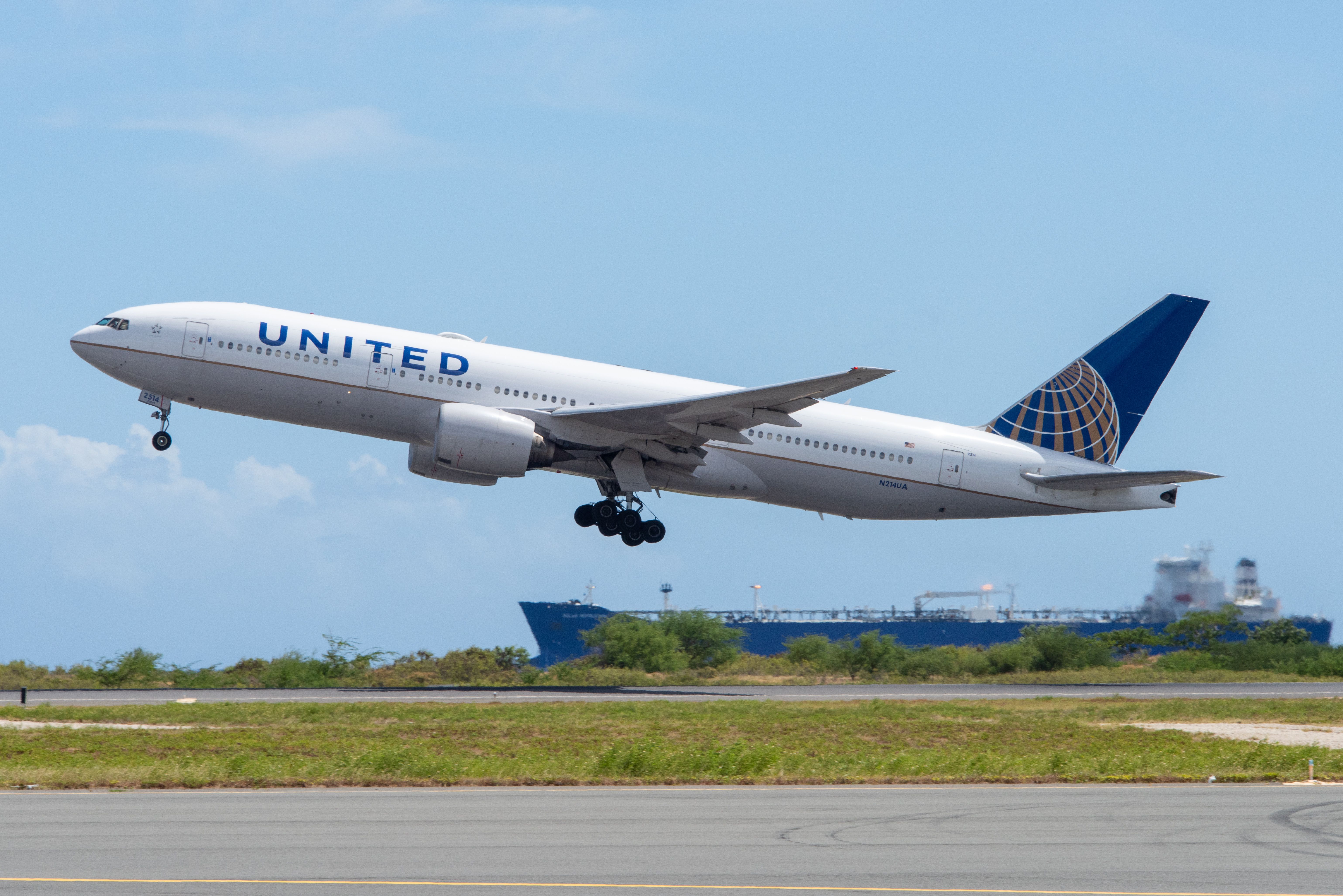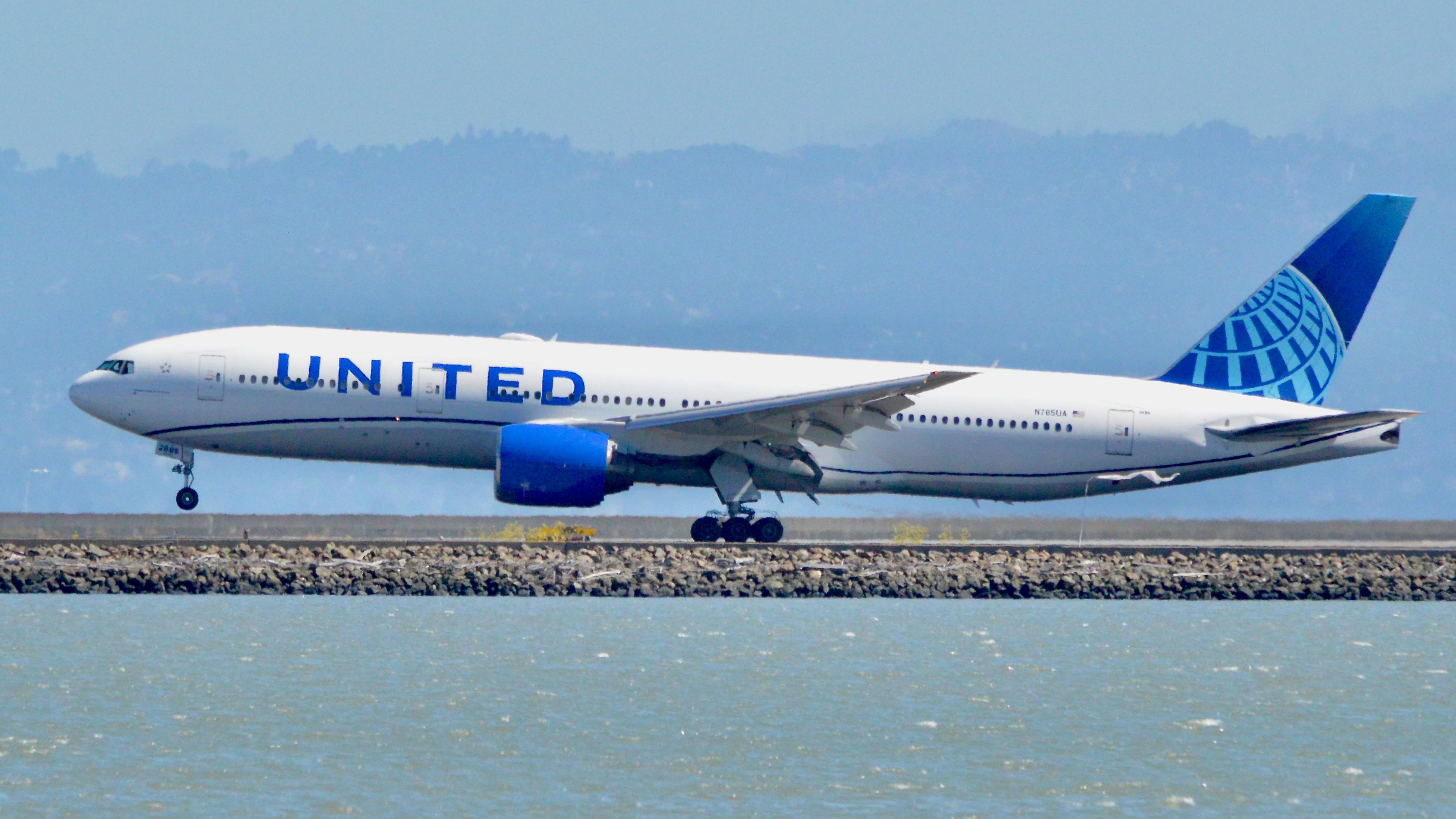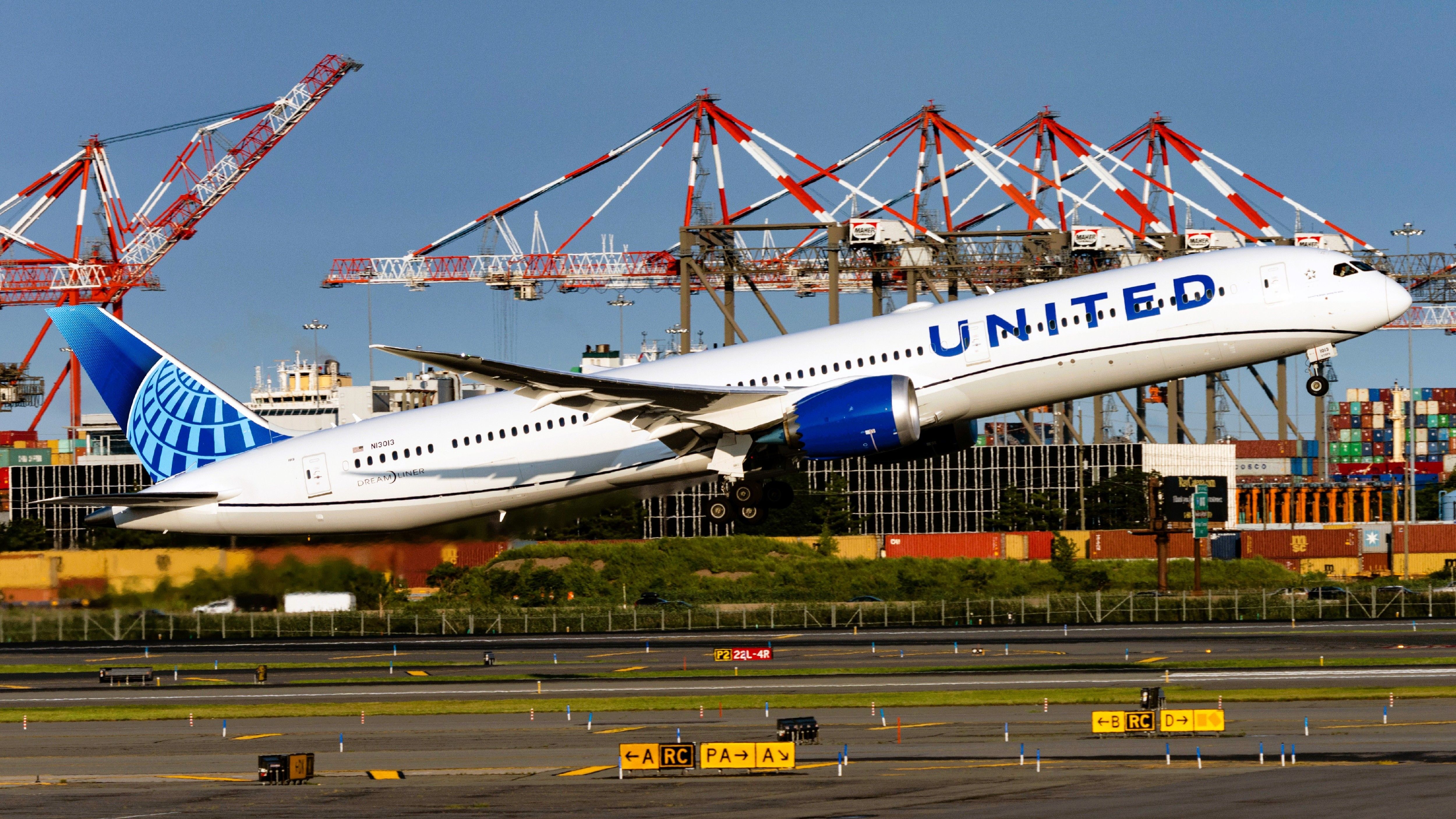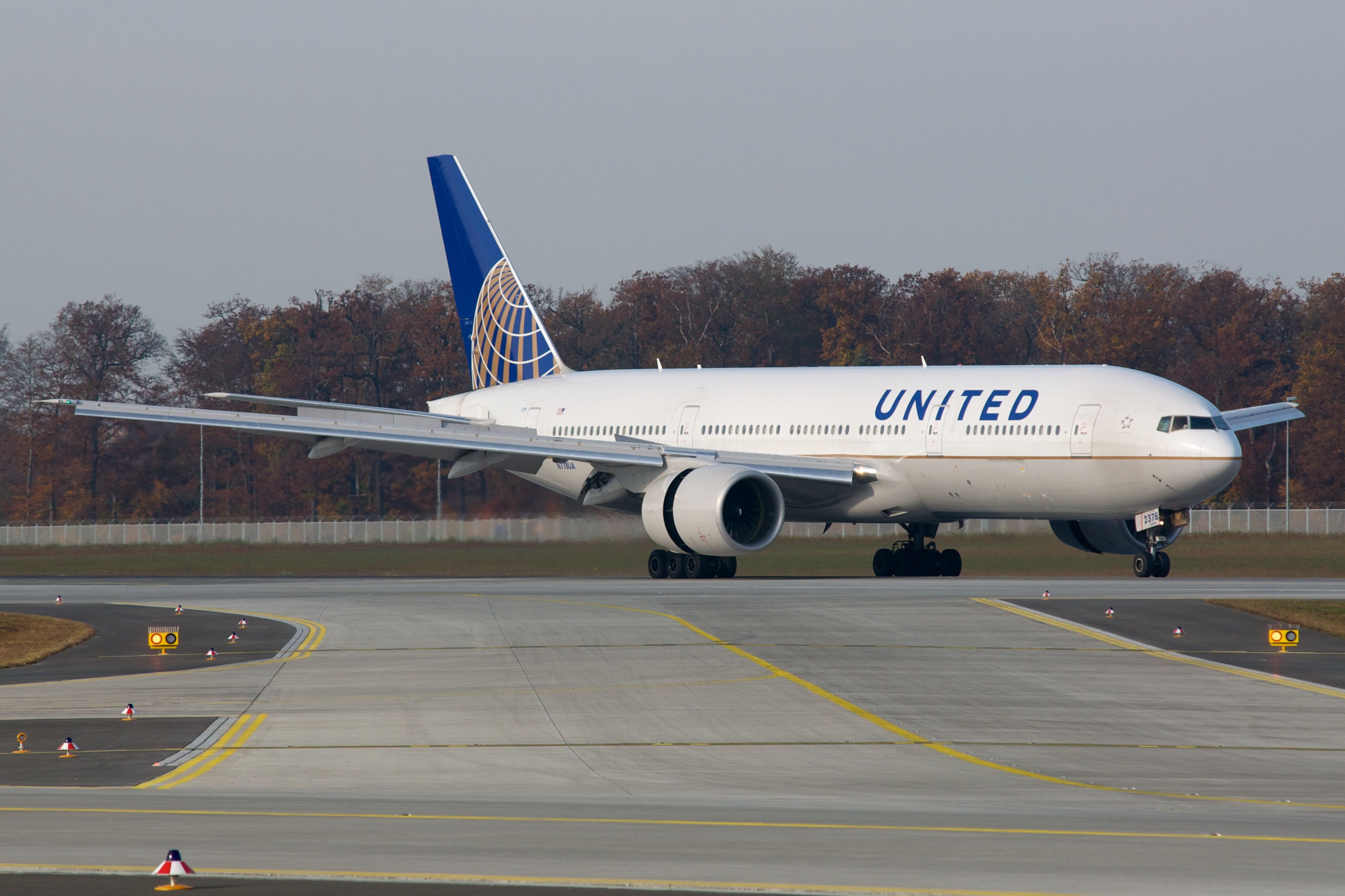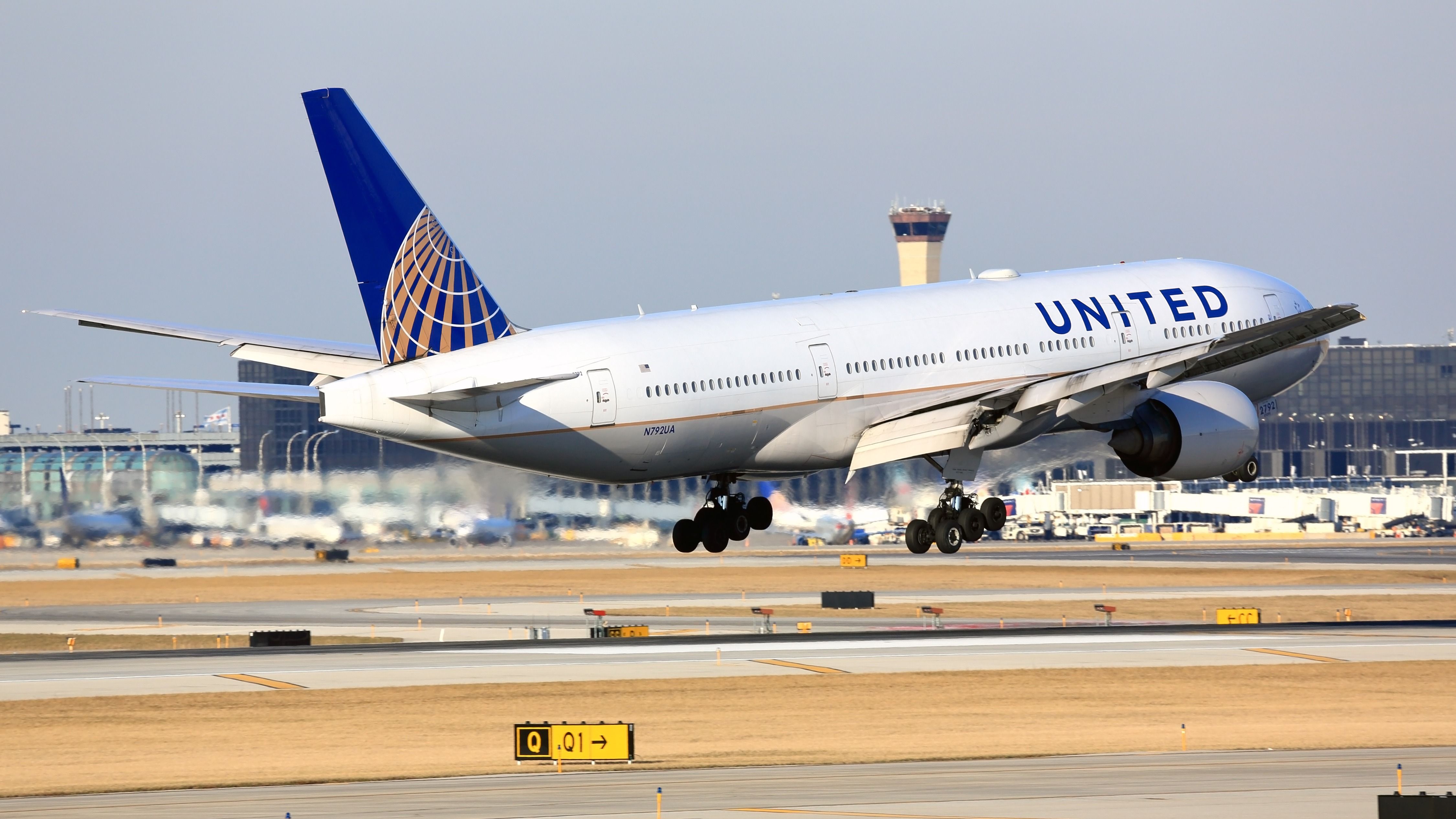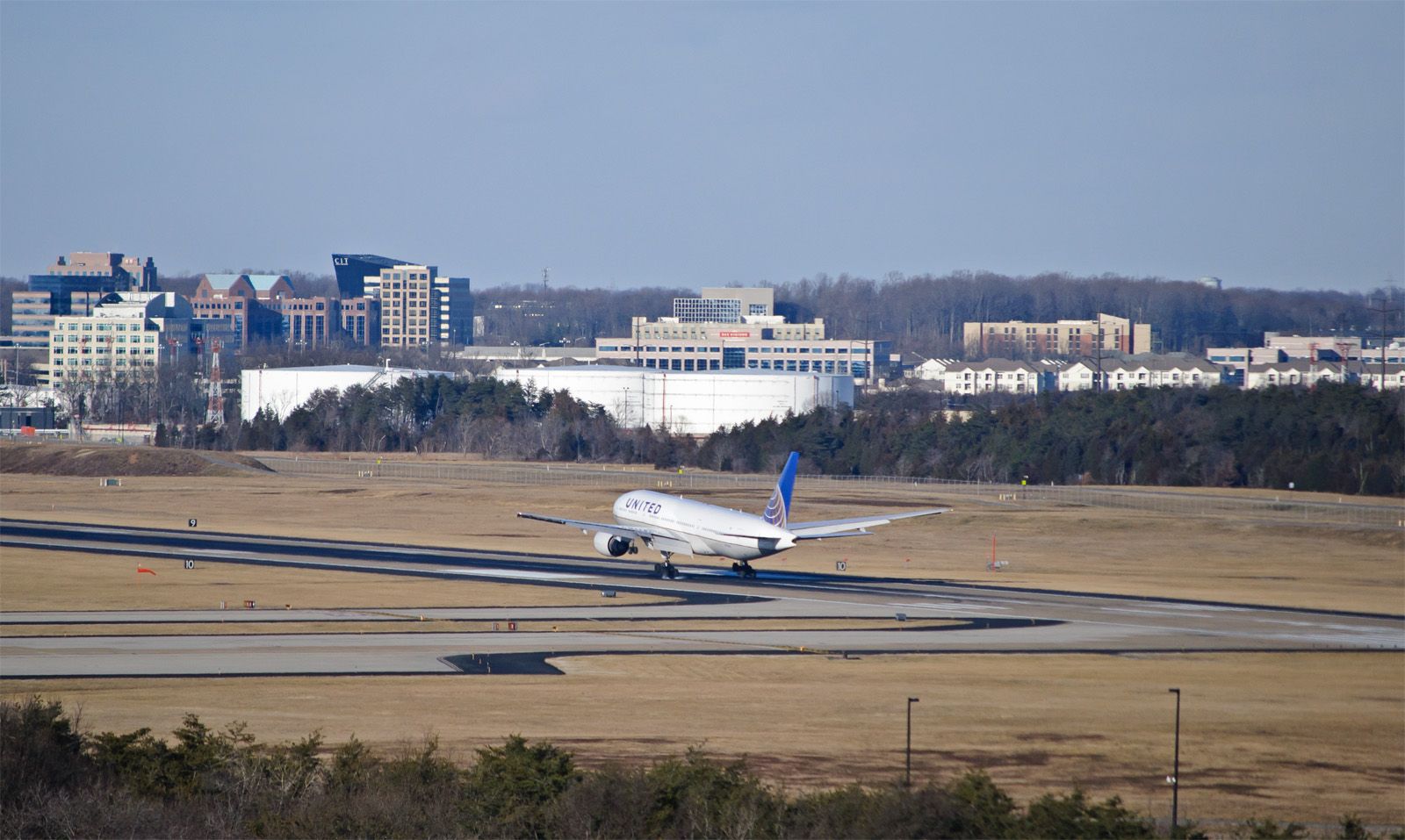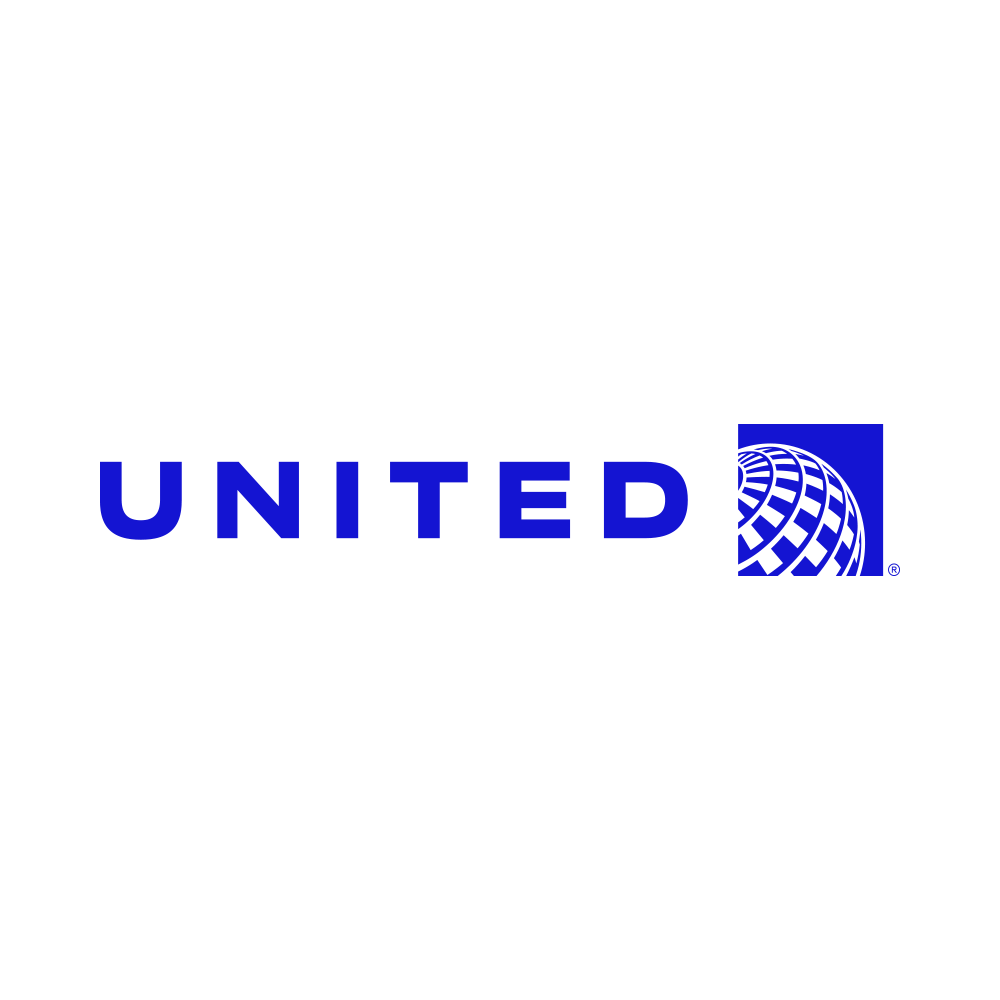Not only was ![]() United Airlines the launch customer for the Boeing 777-200, but it remains the largest operator, and the only carrier in the United States to operate the widebody aircraft variant. We’re specifically talking about the standard 777-200 here, as American Airlines also operates the extended range 777-200ER. Boeing launched the 777-200 in 1990, with its prototype rolling off the factory floor in 1994, before entering scheduled service with United in June 1995.
United Airlines the launch customer for the Boeing 777-200, but it remains the largest operator, and the only carrier in the United States to operate the widebody aircraft variant. We’re specifically talking about the standard 777-200 here, as American Airlines also operates the extended range 777-200ER. Boeing launched the 777-200 in 1990, with its prototype rolling off the factory floor in 1994, before entering scheduled service with United in June 1995.
Now, just 20 standard 777-200s remain in regular service. United Airlines operates the largest share of these, with 17 flying primarily domestic services across the United States. Two other carriers operate the variant, namely Japan’s All Nippon Airways (ANA), with two, and MaxAir from Nigeria, with just one operating under registration 5N-BBN.
The Characteristics Of The Boeing 777-200
The 777-200 can have up to ten seats abreast in economy class. Typically, airlines operate the type with a three-class configuration, seating between 301 and 368 passengers. The aircraft is perfect for medium and long-haul flying, with a range of up to 6,030 and 9,840 miles (9,700 to 15,840 kilometers) according to Boeing. It is known for its large diameter turbofans, raked wingtips, and having six wheels on each section of its main landing gear.
For Boeing, the 777 was the first of its aircraft to use fly-by-wire controls and include carbon composite structures within the tailplanes. The 777-200 was the first of the 777, with an initial length of 209 feet, one inch (63.73 meters), which was then followed by the 777-300 at 242 feet, four inches. Both of these variants eventually saw the development of the 777-200ER and 777-300ER, which were designed with a higher maximum take-off weight and range.
Primarily designed for US domestic flight operations, the 777-200 also became popular for Asian and European carriers. At United, the airline operates these aircraft solely on domestic services, which include transcontinental services and direct flights to and from Hawaii. The Star Alliance carrier has configured these planes with a higher density of economy class seating, which was enabled by moving to a ten-abreast configuration.
What’s It Like Onboard?
Poised to be replaced by the new Boeing 787-10 Dreamliner, the 17 remaining 777-200s in operation at United focus on domestic operations, and have done so since the airline moved the then 19 777-200s to an all domestic schedule. With the ability to seat up to 364 passengers across three classes, passengers are accommodated in either the 28 United First (domestic), 102 Economy Plus, or 234 United Economy seats, according to the airline’s website.
United First passengers are seated in a 2-4-2 layout with a seat pitch of 6 feet, 4 inches (193 centimeters), while Economy Plus and United Economy passengers sit in a 3-4-3 layout, with an average pitch of between 31 inches (78.7 centimeters) and 34 inches (86.4 centimeters).
All passengers onboard can enjoy onboard WiFi, USB and power outlets, seatback entertainment, and connectivity to the airline’s entertainment system via personal devices. The aircraft, which are powered by the General Electric GE90, or Pratt & Whitney PW4070/4090 turbofan engines, can produce up to 94,000 pounds of thrust, and achieve a cruise speed of 550 miles (855 kilometers) per hour.
As of August 2025, United remains one of the largest commercial airlines by fleet size, taking into consideration the 777-200s alongside its extensive Airbus and Boeing narrowbody and all-Boeing widebody fleet of aircraft. The average age of a United plane sits at around 15.6 years per ch-aviation, while its 777-200s are aged between 20.04 and 30.71 years old.
A Snapshot Of United’s 777-200 Fleet
Per ch-aviation, the oldest 777-200 currently flying for United is N774UA, with an age of 30.71 years old. This is followed closely by three other similar aircraft, which all have a tenure of more than 30 years: N771UA / MSN 26932 (30.66 years), N773UA / MSN 26929 (30.42 years), and N772UA / MSN 26930 (30.36 years). The remaining 14 777-200s were all delivered between 1995 and 2000, resulting in an age range of between 24.62 years and 29.84 years at the time of writing.
These aircraft, which all have a remarkable history, still dwarf the three remaining 777-200 operating for other foreign airlines. ANA operates two (JA713A and JA714A), which are 20.04 and 19.77 years old respectively, and then finally MaxAir (Nigeria), which operates the 17.89-year-old 5N-BBN. MaxAir is primarily a domestic carrier offering flights across the populous African country, but it does also fly to two international destinations: Jeddah and Madinah.
According to Boeing, 88 777-200s were delivered, and the type competed directly with the Airbus A330-300. The A330 was developed by Airbus as a stretched version of the A300, with additional new wings, fly-by-wire systems, and enhanced stabilisers. This European widebody first flew in 1995 and continues to be a popular twin-aisle aircraft for medium and select long-haul operations in the form of the A330neo.
Replacing The 777-200 With Boeing’s 787-10 Dreamliner
For decades, the 777 has been a loyal workhorse for United. The airline operates the second-largest fleet of widebody aircraft in the world, only sitting second after Emirates, and marginally ahead of Atlanta-based Delta Air Lines. While Delta has opted to switch to an all Airbus widebody fleet, United now operates an all Boeing widebody fleet (for now). In the coming years, the airline plans to begin flying the Airbus A350-900, with deliveries expected in 2030.
At United, the current 777-200s are nearing the end of their operating lifespan. With commercial aircraft usually expected to operate effectively for up to 30 years, United will replace its aging aircraft with Boeing 787s. It has ordered around 150 Dreamliners, and these airplanes will become the backbone of the carrier’s widebody operations.
The replacement of the 777-200 with the Boeing 787-10 comes at a time when United is looking for more fuel-efficient aircraft with lower operating costs and emissions. It will also offer passengers a more modern experience with larger overhead lockers, improved humidity control, and state-of-the-art, in-seat entertainment. For United, standardizing the 787 into its flying will allow the airline to focus its maintenance and operations across the 787-8 and 787-9, already in operation.
Which Routes Are United’s 777-200s Flying?
Using data from Cirium, an aviation analytics company, we can see where United is deploying its 777-200 this August. The most popular route is San Francisco to Honolulu, with 67 departures across the month, equating to 15 a week, or just over two a day. Second and third place are Newark to Los Angelesand Los Angeles, to Honolulu, with double daily services (62 departures) on both routes.
Chicago to Denver will see 59 departures (13 weekly, six times double daily, and one day with just one service), and Denver to Honolulu will operate with 51 departures, or 11 weekly, four times double daily, and three days with just one departure. Other popular routes include San Francisco to Chicago, Newark to San Francisco, and Kahului to Denver, which all see between eight to 11 departures a week.
Services with just one daily 777-200 United service include from Houston (IAH) to Honolulu and San Francisco, while Denver to San Francisco, Washington to Denver, Chicago to San Francisco, and Denver to Houston, see four to six flights a week. Denver to Kona, San Francisco to Kona, and Washington to San Francisco round out the more frequent departures, with an average of two to four flights a week.
A Gradual Farewell To The Boeing 777-200
While United’s 777-200s still have a little bit of life left, these will gradually be retired as the airline looks to slimline its widebody operations. The carrier has its heart set on the 787-10 to replace these airplanes, and its order of 143 additional 787-9 will also support network expansion and capacity. United looks to retire not just the 777-200 in the next decade, but also the 767-300ER and 767-400, which are both to be replaced by the 787-9.
On the narrowbody side of things, 25 older Airbus A319-100 and A320-200 jets are also set to exit the airline’s fleet before the end of 2025. There will also be a gradual replacement of the 757-200, which will be replaced by the game-changing Airbus A321XLR, of which United has 50 on order.
With the 787 being a natural successor to the 777, Boeing has used innovation to improve its widebody performance and experience. While the 787 will seat marginally fewer passengers onboard when compared to the 777, the airline’s capabilities allow its operator to consider new, niche international routes that can stimulate demand relative to the aircraft’s size. This will see United continue to soar as one of the most well-known international airlines.
While the 777-200 is deployed on domestic services, United is already changing the way people fly internationally with its 787-10s, opening new routes such as San Francisco to Adelaide in Australia. This new corridor represents the first time an international carrier has directly connected South Australia to the US. Previously, passengers were required to transit via Brisbane, Sydney, Melbourne (Australia), Auckland (New Zealand), or Nadi (Fiji) for one-stop itineraries to the States.



